In Photos: Rare Hebrew Papyrus from Judean Desert
Rare scroll
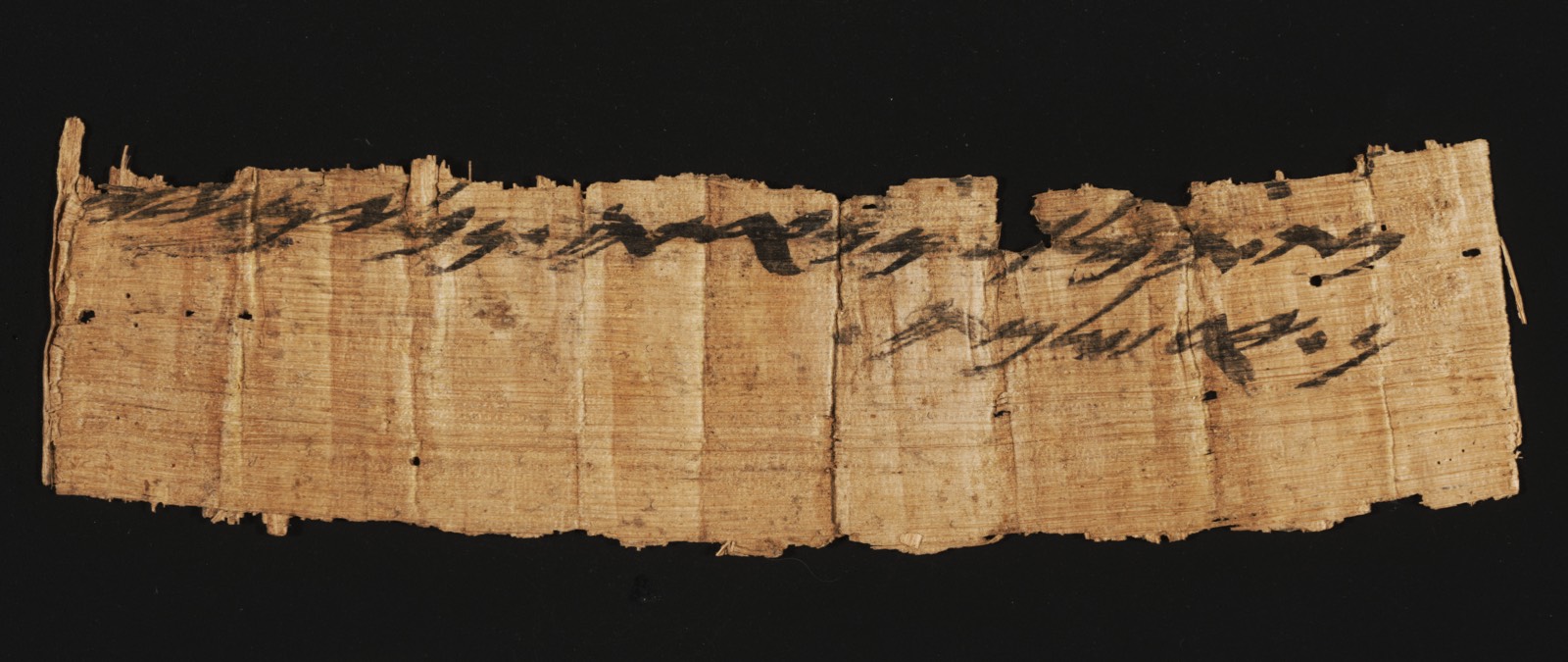
Archaeologists have gotten their hands on a rare papyrus that may be the earliest extra-biblical source to mention Jerusalem in Hebrew writing. The papyrus was illegally taken from one of the Judean Desert caves by a band of antiquities robbers, according to the Israel Antiquities Authority. It was seized by the IAA's Unit for the Prevention of Antiquities Robbery.
[Read the full story on the Hebrew papyrus finding]
First Temple period

Professor emeritus Shmuel Ahituv and Eitan Klein, deputy director of the IAA's Unit for the Prevention of Antiquities Robbery, examine the rare papyrus. Carbon dating and an examination of the writing, which is in Hebrew text, on the scroll suggest that it dates back to the seventh century B.C.
Papyrus preservation

The papyrus is preserved in the Israel Antiquities Authority's Dead Sea Scrolls laboratories.
"This unique papyrus joins the thousands of scroll fragments for which the Israel Antiquities Authority established dedicated conservation and photographic laboratories where the scrolls are treated using highly sophisticated means and the most advanced documentation and photographic technology available today," Pnina Shor, curator and director of the Dead Sea Scrolls project at the IAA, said in a statement. "With a state-of-the-art camera that was developed based on technology used by NASA which records the Dead Sea Scrolls at a level that replicates the original, it is even possible to see the texture of the plant, skin or parchment on which the ancient documents were written."
Holy heritage
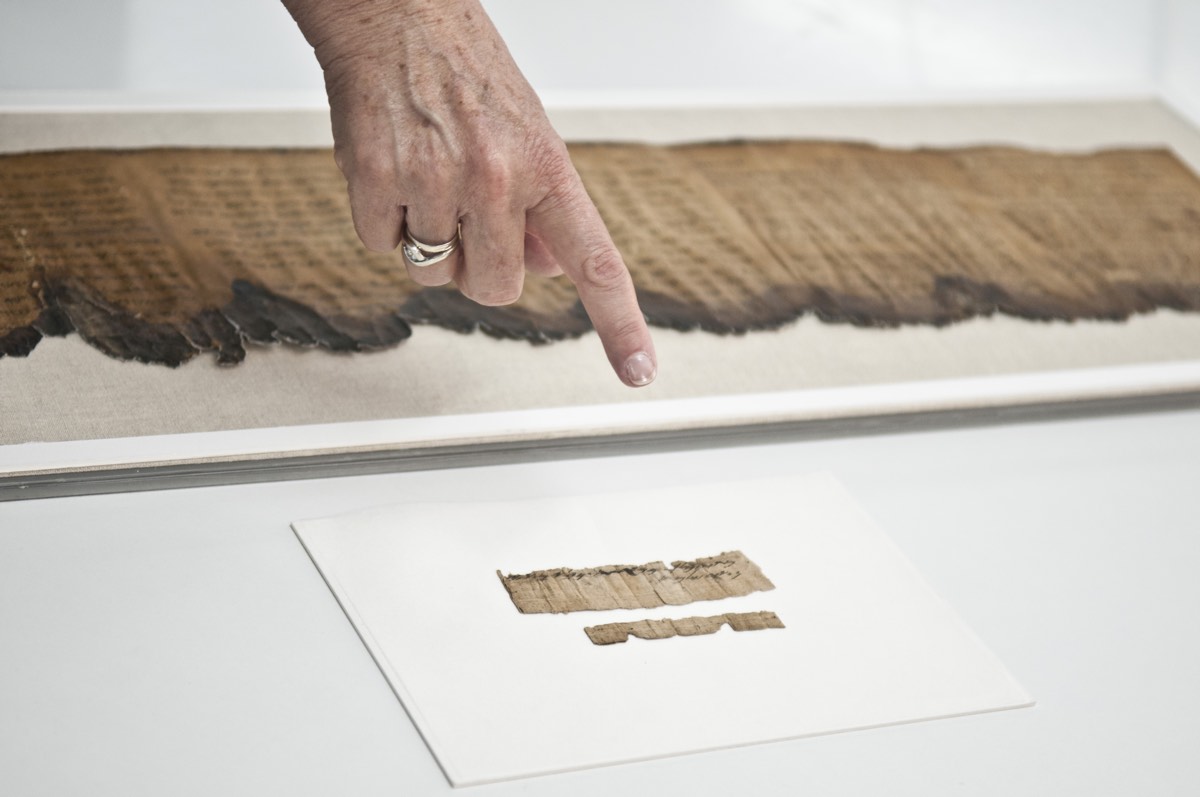
Here, the papyrus is preserved at the laboratories of the IAA. "The discovery of the papyrus shows that there are other artifacts of tremendous importance to our heritage that are waiting to be found in the Judean Desert caves," Israel Hasson, director of the Israel Antiquities Authority, said in the statement.
[Read the full story on the Hebrew papyrus finding]
Get the world’s most fascinating discoveries delivered straight to your inbox.
High-tech photos

Scientists used a highly sophisticated camera to photograph the rare papyrus in the Israel Antiquities Authority's laboratories. Though archaeologist Eitan Klein, the deputy director of the Unit for the Prevention of Antiquities Robbery, says there is no doubt the papyrus is authentic, others show a little skepticism. For instance, scholars have expressed concern that some of 70 newfound "Dead Sea Scrolls" fragments may be forgeries.
Cave of the Skulls

During the past year the Israel Antiquities Authority, with the help of volunteers, has been excavating in search of ancient artifacts in the Cave of the Skulls in the Judean Desert. "Every day, robbers go into the desert in order to search out and plunder ancient documents, such as the papyrus that was exposed," Hasson said in a statement. "The state has to mobilize and allocate the necessary resources in order to embark upon a historic operation together with the public, and carry out systematic excavations in all of the Judean Desert caves."
[Read the full story on the Hebrew papyrus finding]
Excavating caves
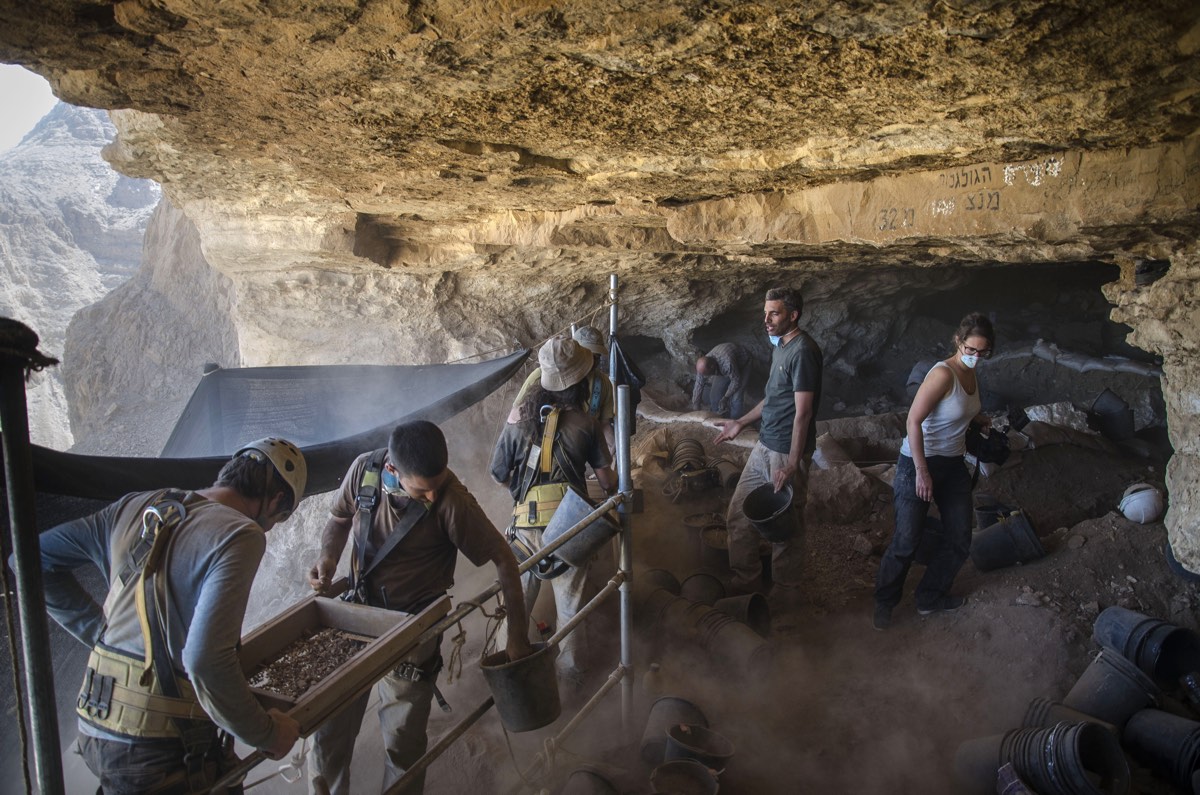
Here, another look at the Cave of the Skulls in the Judean Desert. Hasson says that a massive operation is needed to excavate all of these caves in order to save their antiquities from looters.
Dry climate

The dry climate of the Judean Desert helped to preserve the Hebrew papyrus, as it has other delicate documents that would otherwise degrade over time. Such papyri "provide invaluable information regarding the way of life in antiquity and the early development of religions," Amir Ganor, director of the IAA's Unit for the Prevention of Antiquities Robbery, explained in a statement. "The rarity of the finds and their importance are the reasons why the antiquities robbers risk their lives coming to dig in the caves in the desert cliffs."
Saving a papyrus
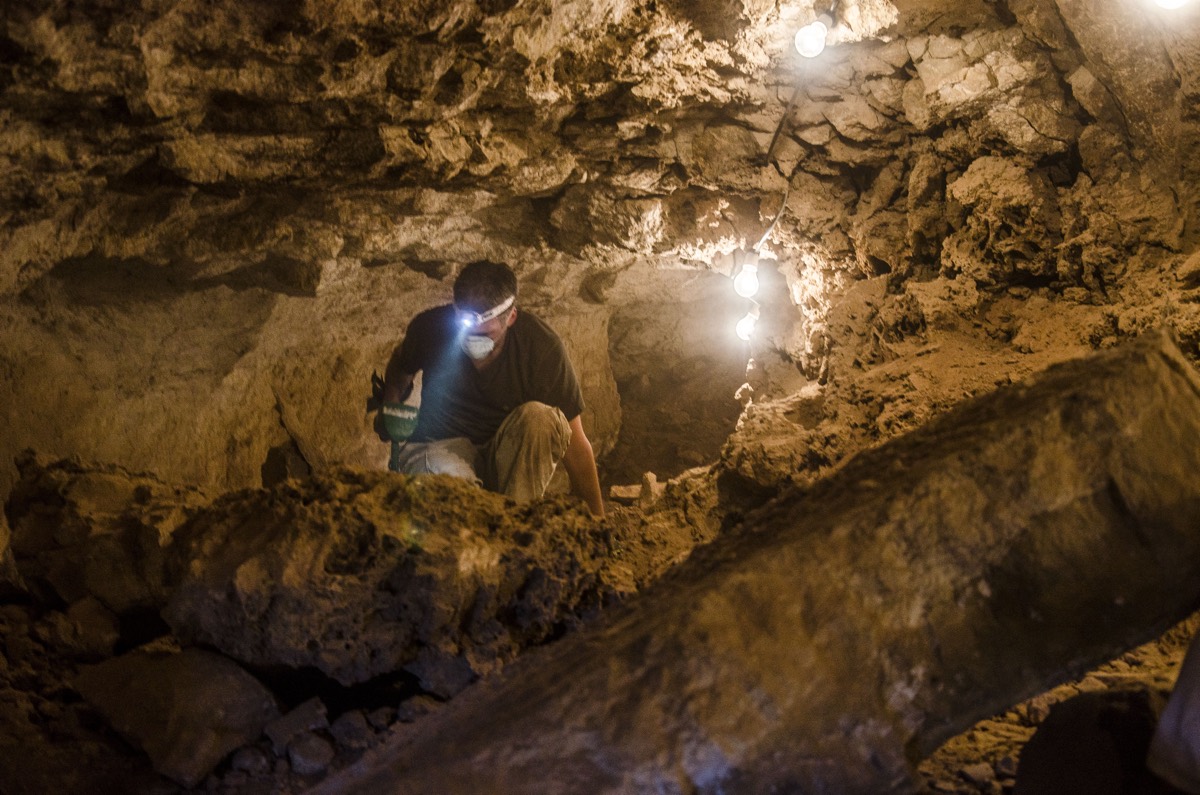
"I am glad that we were fortunate to have a role in saving the papyrus, which is an important and special find that bears witness to the historical relationship between the Land of Israel and Jerusalem, and the Jewish people," Ganor added in the IAA statement.
Shown here, volunteers and IAA archaeologists excavate at the Cave of the Skulls in the Judean Desert.
Catching looters
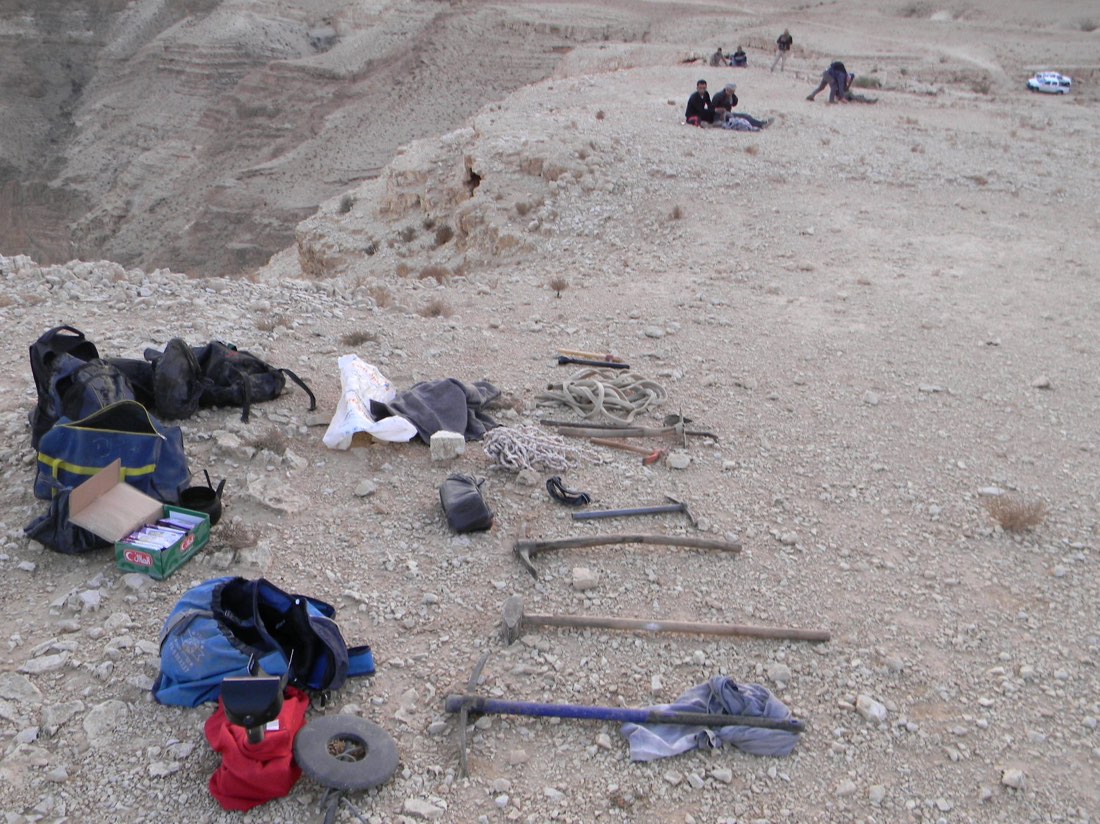
The IAA's Unit for the Prevention of Antiquities Robbery apprehends a band of antiquities robbers and its equipment in the Judean Desert.

Owen Jarus is a regular contributor to Live Science who writes about archaeology and humans' past. He has also written for The Independent (UK), The Canadian Press (CP) and The Associated Press (AP), among others. Owen has a bachelor of arts degree from the University of Toronto and a journalism degree from Ryerson University.


